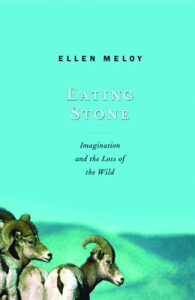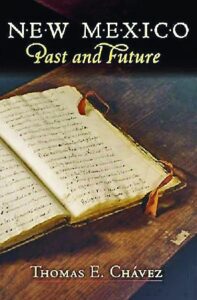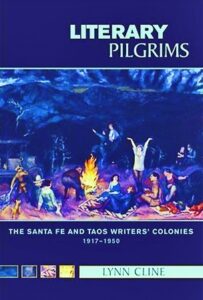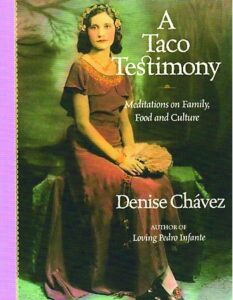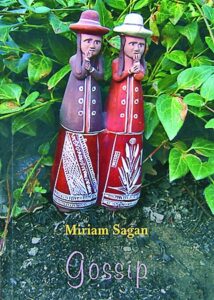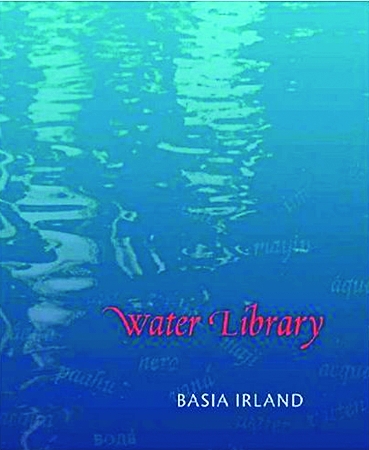Got some impossible-to-buy-for types on your list? One of these twelve books should satisfy even the most difficult name on your list. Plus, you’ll be supporting a Southwest writer at the same time.
Chasing Wildflowers For The Naturalist
Quirky? You bet. A young father from Tucson sets out in various vehicles and with various companions to see the wildflowers of the Southwest. Along the way, he finds good eats, cheap sacking-out spots, great music and good friends. If you like your backroad treks to include a chatty friend, Scott Calhoun’s your guy.
Mountain Wildflowers Of The Southern Rockies
Like Calhoun’s flower-chasing meditations, Mountain Wildflowers has tales to tell, but the stories here are about the flowers themselves. For example, the name “Columbine probably derives from the word for ‘dove,’ because the flower resembles five doves drinking from a fountain.” Excellent photos and detailed identification information make this a must for the guidebook-toting hiker on your list.
Eating Stone: Imagination And The Loss Of The Wild For The Animal Lover
Completed just before Ellen Meloy’s untimely death in 2004, Eating Stone chronicles a year in the life of a herd of bighorn sheep in the canyons near Meloy’s southeast Utah home. Meloy offers her characteristic (and now, sorely missed) commentary on far more than the sheep. A tiny taste should whet your appetite for more: “Ecologists, being big picture nature people, try to get the rest of us, who have the attention spans of caffeinated hamsters, to see landscape in broad reaches of time and change.”
A Buffalo In The House
In 2001, sculptor Veryl Goodnight needed a baby buffalo as a model. She got more than she bargained for in an orphaned six-day-old calf, soon named Charlie and adopted by Goodnight and her husband Roger Brooks. By turns funny and heartbreaking, A Buffalo in the House tells a remarkable story.
New Mexico: Past And Future For The New Mexi-Buff
Thomas E. Chávez offers a slightly different angle on the New Mexico history genre, grouping his commentary by newly defined periods, from “Early Inhabitants” through “Neo-Aztecism” and contemporary “The Virgin and the Dynamo.” A great introduction to the topic, and, like all Chavez’s offerings, well-written, informative and intriguing.
King Of The Road: Adventures Along New Mexico’s Friendly Byways
No matter what offbeat New Mexico adventure you’re seeking, Lesley S. King has likely already discovered it. Here, she visits with—to name but four—Tortugas pilgrims, Old Town Raton shop proprietors, Hobbs belt buckle-makers and a Clayton astronomer (who’s once referred to as an astrologer—hope he’s got a sense of humor!).
Literary Pilgrims: The Santa Fe And Taos Writers’ Colonies, 1917-1950 For The Wordsmith
Santa Fe journalist Lynn Cline explores the early 20 th -century Santa Fe and Taos art colonies in a different light—via their writers. Cline introduces Alice Corbin Henderson before moving on to Witter Bynner, Mary Austin, Willa Cather and Oliver La Farge; spends the obligatory time with Mabel Dodge Luhan (et. al.) in Taos; then offers a wonderful final section called “Significant Others” that includes, among others, the lesser-known but well-worth knowing Lynn Riggs and Raymond Otis. An appendix includes walking and driving maps.
The Desert Remains
Su Casa editor Charles C. Poling tries his hand at fiction and succeeds handsomely in this bittersweet love story with New Mexico in its heart. A very particular reader especially when it comes to fiction, I was pleasantly surprised by Poling’s skill with language, character and, most of all, evocation of place.
A Taco Testimony For The Girlfriend
Never one to settle for the ordinary, Chávez here uses food (and the lack thereof) as a leitmotif for exploring family and friends, life and its living. “What saved me was the fact that I had to make tacos,” Chavez tells us at one point, reminding us, “I do not profess to be an expert in taco-ology, but by being a Mexicana and my mother’s daughter, I do understand tacos.”
Gossip
Miriam Sagan fans, rejoice! Gossip compiles many of the Santa Fe poet’s Sage magazine essays (along with several other choice bits) for the first time. In these hysterically honest, deceptively simple, well-written and wisely witty short pieces, Sagan shows us her rare ability to make the reader feel as if Sagan’s her best friend, sister and comadre all rolled into one.
In New Mexico Light: Photographs For The Art Book Lover
This is not your usual collection of pretty pictures. Whether he’s shooting people ( Matachines , a tortilla with the face of Christ along with its discover, Española lowriders) or places (White Sands, Chaco, the Malpais), photographer Hall brings a singular sensibility and sensitivity to his work.
Water Library
UNM art professor Basia Irland’s sculptures are as much political commentary as they are performance pieces, and Water Library documents some of her recent efforts. “We are water,” Irland notes in her introduction, and, as Jeroen van Westen suggests in the essay that opens Irland’s “Being Water” project, “Basia’s projects are not about water, but about the role water plays in our culture, how water has structured humankind, and how water can be a catalyst for cultural change.”

